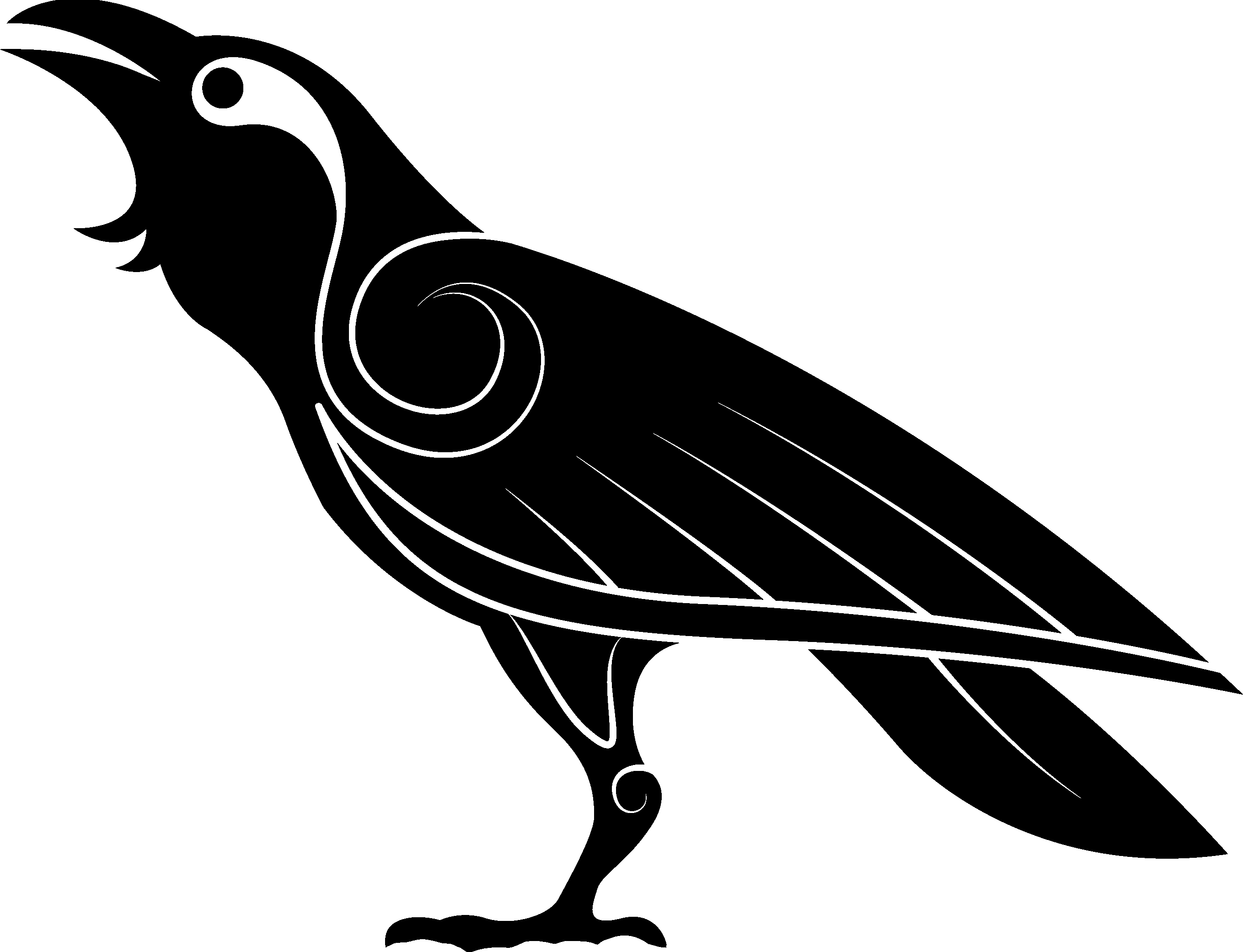Our first year of beekeeping was a great success. Typically, it’s not common to harvest honey from a new hive in the first year as it takes time for a colony to mature. However, if the nectar flow is strong, keepers can harvest if they consider what the bee colony will require for winter survival.
Both of our hives started off from nucleus colonies, small already established colonies with five frames, a queen, and some honey/brood mixed. We had a red box and a white box, the red one started out much more aggressive and ended up being our stronger hive. The white box a little slower to get going and a more relaxed attitude. It’s interesting to experience the drastic difference between the two.
We installed the hives in May and by mid-June needed to add a second deep brood box to keep up with the rapid growth of both hives. We put honey supers on by early July and when the blackberry brambles bloomed out we had two full deep boxes and a full honey super on our “red” hive. The “white” hive lagged a few weeks but by mid-September, we elected to harvest.
We ended up with around 70 pounds of beautiful dark amber honey that tastes amazing! If you have not experienced raw unfiltered honey, consider finding a local beekeeper and trying it. You will never use supermarket honey again.
That is part of the allure of beekeeping for us – It’s important to know where your food comes from. Most of the honey you buy from a supermarket is ultra-filtered taking out the beneficial protein and pollens that make honey a healthy superfood.
This ultra-filtration makes the honey more shelf stable and gives it a very pleasing clear quality that consumers apparently seem to prefer. However, it’s also a way for producers to take advantage of unwary consumers. Without the pollen or protein in the honey, it’s impossible to prove or determine the country of origin.
Most of our supermarket honey is sourced from China sold via a third-party country to avoid tariffs in a practice called honey-laundering. Chinese honey is often cut with high fructose corn syrup and can contain harmful chemicals due to contamination and bad production standards. A good article on this practice can be found here: https://www.wideopeneats.com/honey-laundering/
For the Raven Grove hives, It will be interesting to see how they over winter. If we gauged the amount of honey left in the hives wrong, they could starve, or a more likely danger would be excessive moisture causing illness that eventually would cause the hive to die out or the bees to abandon the hive altogether. The PNW at least doesn’t have a deep cold to worry about – but that rain could be a problem. Our next step is to winterize and set-up for feeding if we need to supplement with sugar syrup.












